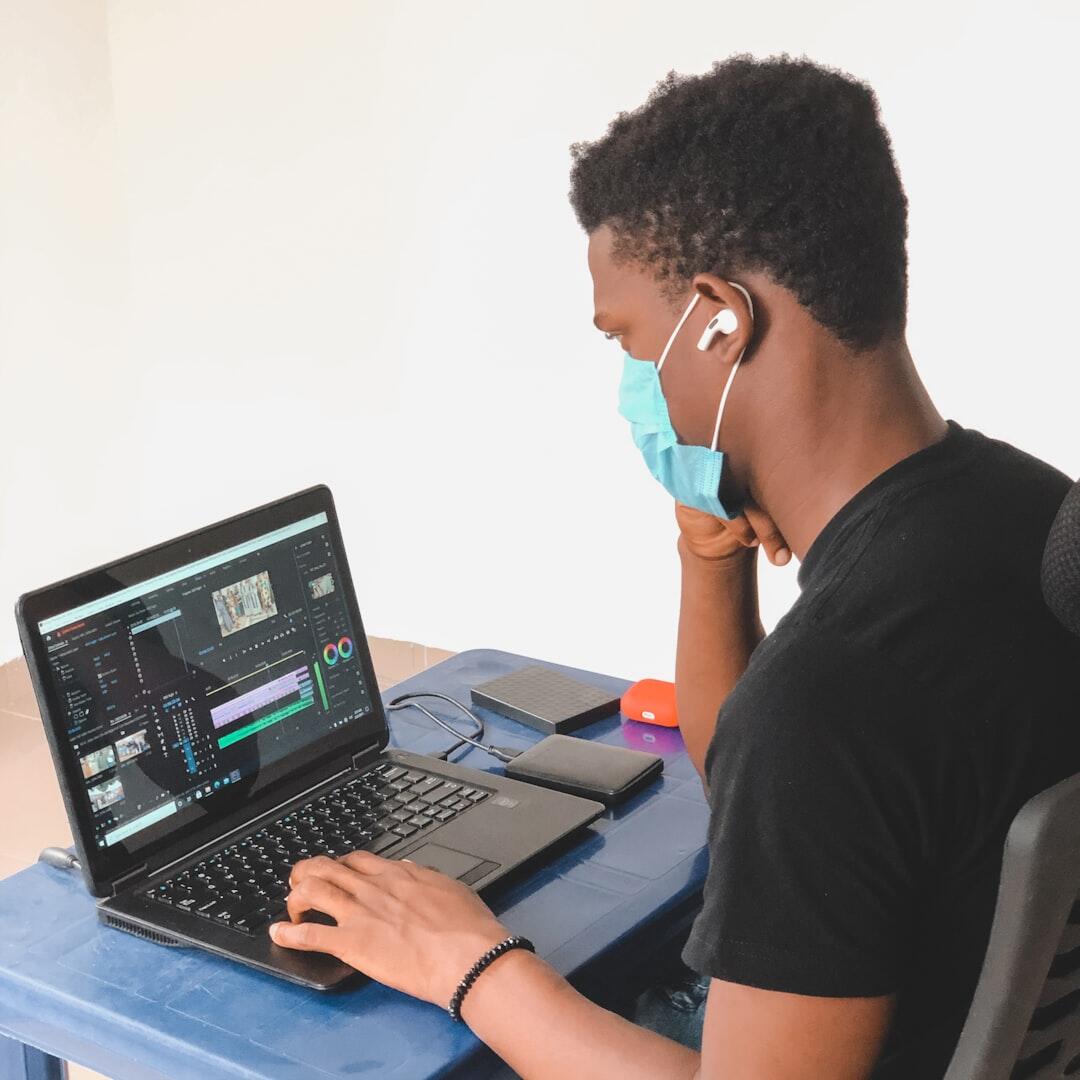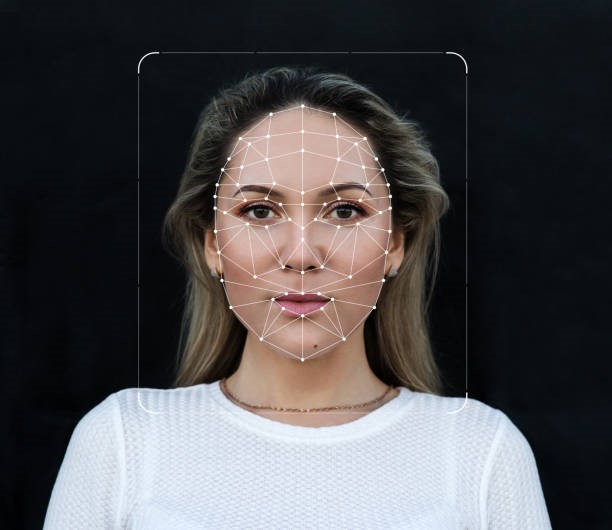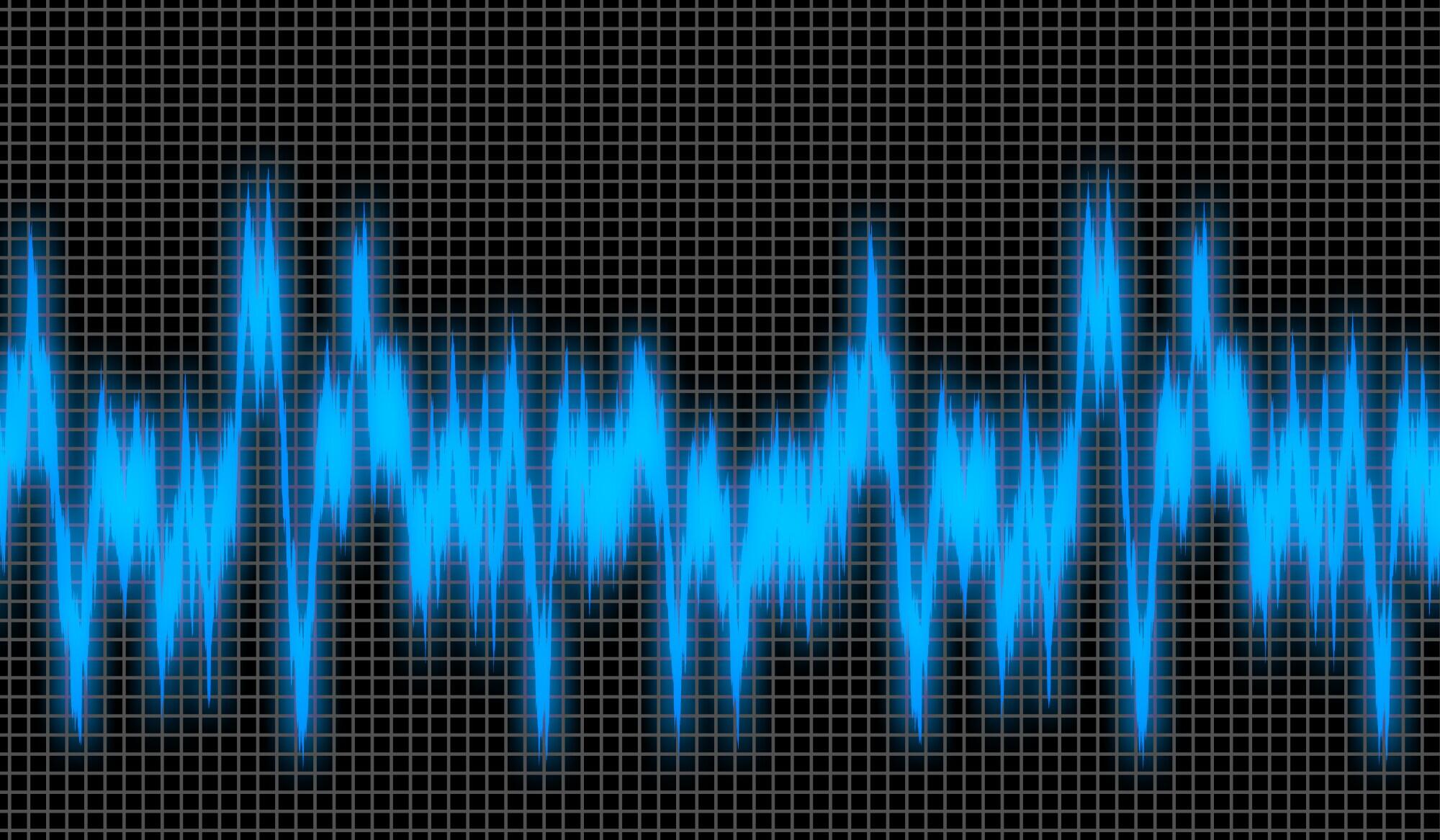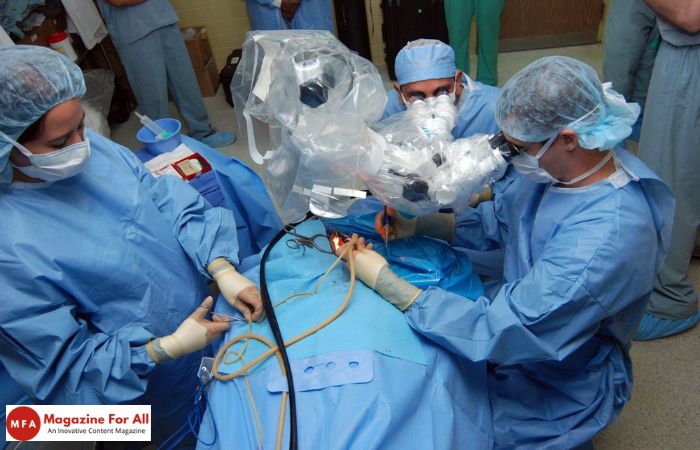It’s astonishing that around 137,000 ACDF surgeries are performed each year.
Undergoing such an invasive surgery can be startling. This is why it’s vital for patients to do as much research on ACDF as possible.
What’s life like 20 years after ACDF surgery? Read on to understand what you can expect from ACDF surgery in the long run.
Table of Contents
What Is ACDF Surgery?
ACDF surgery is a medical procedure performed on the cervical spine. People get this procedure to address the following issues:
- Herniated discs
- Spinal Stenosis
- Degenerative disc disease
During ACDF, the surgeon removes a damaged disc. They then fuse adjacent vertebrae, often with the use of a bone graft.
This fusion aims to stabilize the spine and alleviate pressure on nerves. It brings relief to the patient.
ACDF Surgery Recovery Process
The recovery period following ACDF surgery is a critical phase. It has a major influence on the long-term outcome. In the initial weeks and months, patients are advised to take it slow by gradually reintroducing physical activities.
Physical therapy is necessary for restoring strength and mobility to the neck and shoulders. Many people experience a notable reduction in pain and improved functionality during the first year. The complete recovery timeline can extend beyond that, though.
Permanent Restrictions After ACDF Surgery
Despite the positive outcomes, some people may face permanent restrictions after ACDF surgery. These limitations often hinge on the number of vertebrae fused and the extent of spinal involvement. The range of motion in the neck might be affected.
Certain activities, especially those involving excessive twisting or bending, may be restricted to prevent strain on the fused area. Understanding and accepting these limitations are integral parts of adapting to life post-ACDF surgery.
ACDF Surgery Scar
The visible aftermath of ACDF surgery is the scar left on the front of the neck where the incision was made. The size and visibility of your ACDF scar can change depending on a few factors. This could include the following:
- The number of levels fused
- The surgeon’s technique
- How you take care of the incision during recovery
While the scar may fade over time, it serves as a lasting reminder of the journey and the resilience of those who underwent the procedure.
ACDF Surgery Complications
While ACDF surgery is generally considered safe, complications can arise that impact the long-term effects. Infections, nerve damage, or issues with the bone graft are potential concerns. Adjacent segment disease, a condition where adjacent vertebrae undergo increased stress and degeneration, may also develop years after the surgery.
Regular follow-ups with your ACDF surgeon are crucial for spotting and treating complications right away.
Now You Know What to Expect 20 Years After ACDF Surgery
20 years after ACDF surgery, people may find themselves reflecting on the long-term effects of this transformative procedure. While many enjoy improved quality of life afterward, it’s still essential to acknowledge and adapt to the lasting impact that ACDF surgery may have on one’s physical wellness. Regular medical check-ups and open communication with healthcare professionals remain key elements in navigating life after ACDF surgery.
Was this ACDF surgery guide useful? Be sure to scroll through our blog to discover more amazing wellness content.
Related Post: 5 Things to Know About Fluoride Treatments
































































